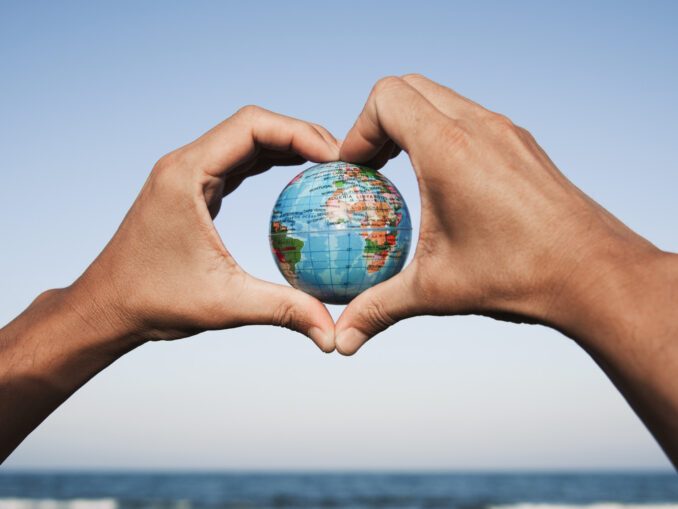
I love to wear colour – so I have to admit to being more than somewhat taken aback to learn that clothes-dyeing “worldwide, is one of the most polluting industrial processes, causing severe environmental and potential health issues”, that it “causes more than 20 per cent of global industrial water pollution” and that it is “one of the largest industrial water consumers” (source: Earlham Institute).
I could have chosen to respond by thinking, here was yet another thing for me to worry about in relation to my personal environmental footprint – but I had learned these facts while researching a company that is innovating to address these issues. This blog is based on the philosophy of “better to light a candle than curse the darkness”. Its raison d’être is to highlight companies doing innovative things to make our world better.
About Colorfix
Colorifix was founded by two Cambridge University biologists, Jim Ajioka and Orr Yarkoni, who were developing biological sensors to monitor metal contamination in drinking water in rural Nepal. (Nepal’s water is very polluted and 85% of the population don’t have access to safe drinking water.) In the course of their research, they learned the enormous impact that the clothing mills and in particular the dyeing industry had on water and human health. So they pivoted to focus their work on transforming industrial dyeing into an environmentally friendly, socially responsible, and economically viable process.
About their solution
Their solution is a fascinating mix of old and new technologies. For centuries people used natural dyes made from plants, insects and crops, to colour clothes. Ajioka and Yarkoni fuse this old knowledge with high tech DNA sequencing. Essentially, they use the DNA codes for colours found in nature and teach microbes to recreate them. They explain: “Just as brewing beer uses the power of microorganisms to ferment wheat, we are harnessing microscopic life to make natural fabric dyes.”
I don’t fully understand the science, which you can read here. But the number and weight of their investors and partners University of Cambridge Enterprise, Fashion for Good, The Mills Fabrica) would indicate that it works! That they are on the shortlist for this year’s Earthshot Prize only bolsters that impression.
The impact of Colorfix
The Colorifix process improves the sustainability of each step of the dying process. For cotton this colour technology reduces water consumption by at least 49%, electricity use by 35% and CO2 emissions by 31%. Instead of using petrochemicals to produce the dyes, all their dyes are biologically produced, meaning cleaner inputs and cleaner outputs.
Their dyes are produced, deposited and fixed onto the fabrics without the need for heavy metals or organic solvents. The new process also improves working conditions in dyeing houses, where exposure to dyes and effluent is linked to increased rates of cancer, asthma, and burns from the handling of chemicals.
Sustainable clothes
So perhaps we will be able to continue to wear our favourite colours. That said, the most sustainable clothes we have are still the ones in our wardrobe, or the ones in someone else’s wardrobe.
Published: 21 October 2023
Source: Momentahub
Author: Jean Callanan is a strategic thinking consultant and sustainable innovation facilitator. She blogs about companies doing inspiring things to create a better world.
SDG solution: SDG 11
About ‘Green Shoots – Stories from Business for our Planet’: Green Shoots is a weekly blog by Jean Callanan that shares stories of businesses and brands doing inspiring and innovative things to address #climatechange and create a better world.



